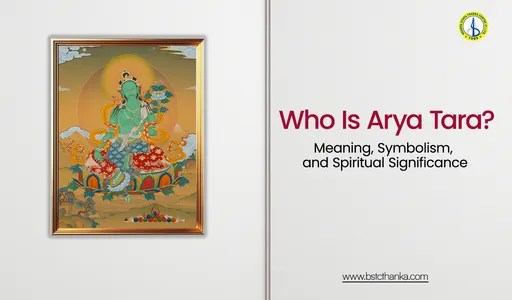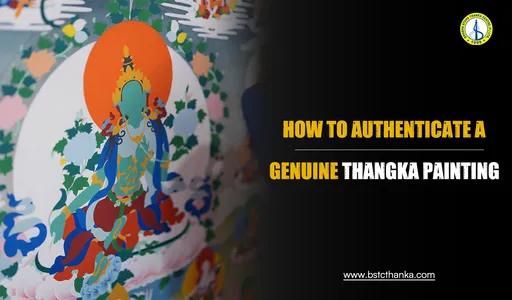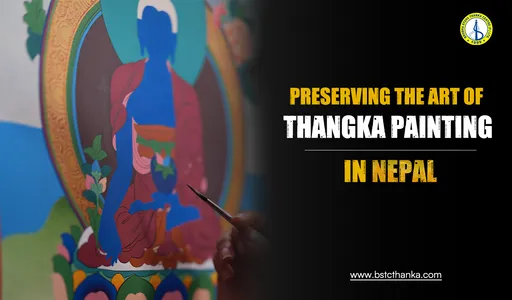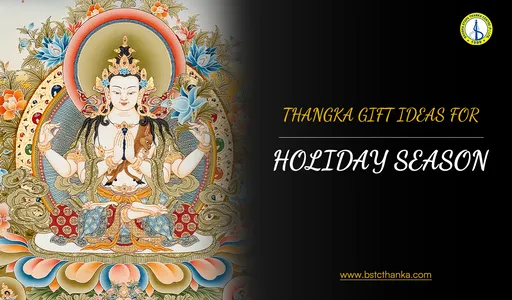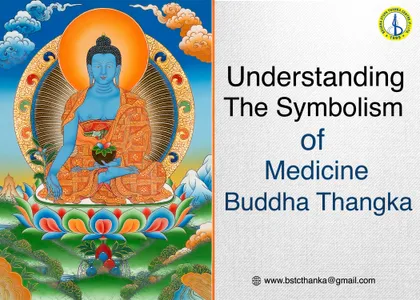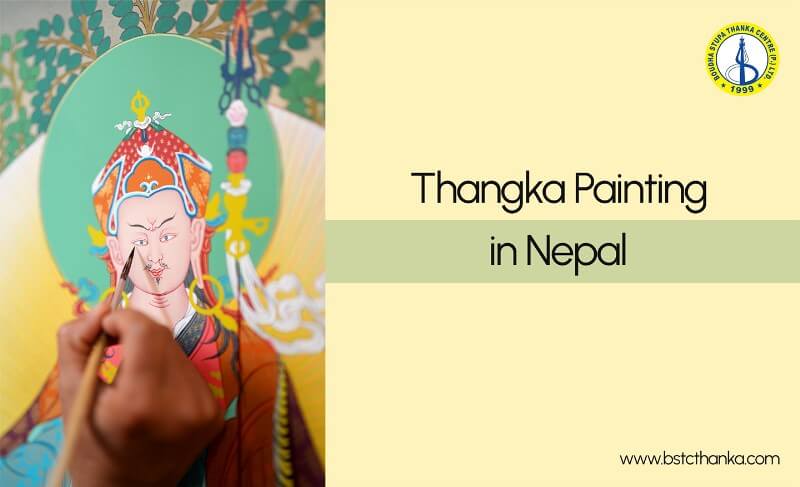
Thangka Painting in Nepal
The Himalayan country of Nepal is renowned for its artistic and cultural heritage. One of the most treasured works of Nepalese art is the Thangka painting. As well as showcasing the skill and creativity of the artisans, these intricate and vibrant works also serve as spiritual tools and cultural symbols. Thangka paintings are an important part of Tamang culture in Nepal, and they are used in various religious ceremonies.
There is a long and storied history of Thangka painting in Nepal, dating around 12th centuries. India is the origin of this ancient art form, which flourished and evolved over time in the Himalayan region. Initially, Thangkas served as visual aids for meditation and religious instruction, depicting deities, mandalas, biography and sacred symbols with meticulous detail and symbolism.
Spiritual symbolism is at the heart of Thangka paintings. Each element, from the colors used to elaborate artwork and this carries layers of meaning and significance. Whether portraying Buddhist goddess like Tara and Avalokiteshvara or Hindu gods such as Shiva, Thangkas are infused with spiritual energy and intended to evoke a sense of awe and devotion in the viewer.
A thangka's creation is a time-consuming and complex procedure that rquire expertise, patience, and accuracy. The creation of a Thangka is a meticulous process steeped in tradition. It begins with preparing sketch using compass and pencil for the canvas, typically made of cotton or silk and stretched onto a wooden frame. The artist then meticulously sketches the composition, following specific guidelines often influenced by religious scriptures. Once the outline is established, vibrant colors, made from natural pigments mixed with water-soluble glue, are painstakingly applied. Layers of detail and ornamentation, often including gold leaf, are then added to bring the Thangka to life.
In today's fast-paced world, traditional art forms like Thangka painting face the challenge of maintaining relevance in a changing society. However, in Nepal, there is a concerted effort to preserve and promote this ancient art form. Artisan communities and cultural organizations work tirelessly to pass down the techniques and teachings of Thangka painting to future generations, ensuring that this cherished tradition continues to thrive for years to come.
In addition to its cultural significance, Thangka painting has gained global recognition and admiration. Collectors, art enthusiasts, and spiritual seekers from around the world are drawn to the beauty and spirituality of these exquisite artworks. Thesedays, Thangkas can be found in museums, galleries, and private collections worldwide, serving as a testament to the enduring legacy of Nepalese artistry.




